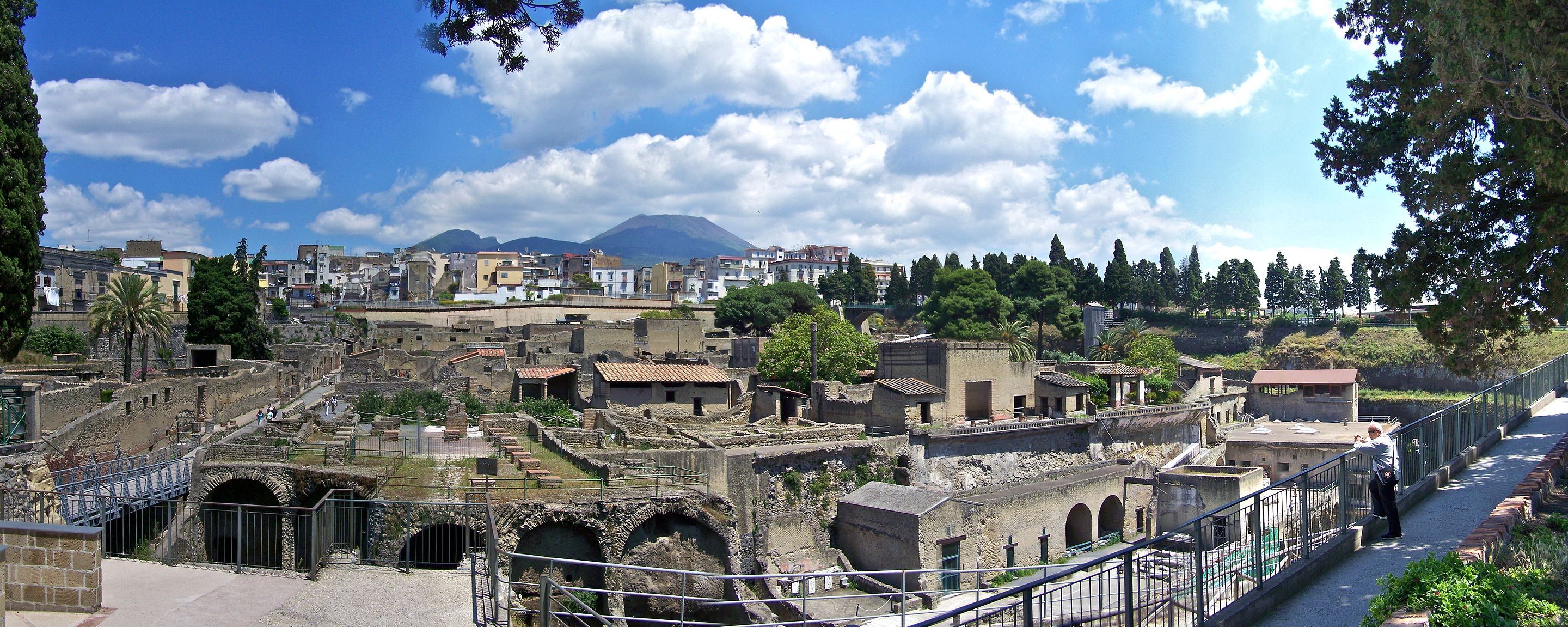This Shimmering Black Rock Is a 2,000-Year-Old Exploded Brain
Credit to Author: Becky Ferreira| Date: Thu, 23 Jan 2020 19:20:11 +0000
A shimmering rock found in the ruins of an ancient city has been identified as part of a human brain that exploded due to the heat of a catastrophic volcanic eruption.
That’s the astonishing conclusion of a new study published on Thursday in The New England Journal of Medicine, led by Pier Paolo Petrone, a forensic anthropologist at the University of Naples Federico II.
“The preservation of ancient brain remains is an extremely rare finding, but this is the first ever discovery of ancient human brain remains, vitrified by heat at about 950°F produced by a volcanic eruption,” Petrone said in an email.
Petrone and his colleagues have spent years studying the remains of people killed by the infamous eruption of Mount Vesuvius in 79 CE, which incinerated the Roman towns of Pompeii and Herculaneum, along with other settlements. Lava and ash buried anyone who couldn’t flee the blast radius, which caused many of the buildings and human bodies at the site to be preserved in eerie detail.

For instance, one of the victims of the eruption was a man found lying down on a wooden bed inside Herculaneum’s Collegium Augustalium, which archeologists think was the headquarters for a cult dedicated to the Roman Emperor Augustus. His body was found in the 1960s, and he may have been the custodian of the building.
While examining this ancient person’s remains, Petrone noticed a shiny black glassy material encrusted on the inside of the skull. Given that the team had already found fractured skulls and vaporized blood at another Herculaneum site, Petrone recognized the substance as yet more evidence that Mount Vesuvius literally exploded the heads of many of its victims.
The researchers analyzed the protein composition of the glassy material, which revealed the presence of fatty acids matching those found in human hair and brains.
Based on the evidence of charring in the person’s surroundings, the team think that temperatures in the Collegium must have spiked to 520°C (970°F) as the ash rained down on the building. This sudden heat vitrified the man’s brains inside his skull, meaning that the squishy organ was instantly shocked into solid rock.
“The detection of glassy material from the victim’s head, of proteins expressed in the human brain, and of fatty acids found in human hair indicates the thermally induced preservation of vitrified human brain tissue,” Petrone’s team said in the study.
Even though this devastating eruption happened nearly 2,000 years ago, it looms large in our cultural memory because it occurred at the height of the Roman Empire, and was well-documented by contemporary witnesses such as Pliny the Younger.
But while historians have typically relied on those who lived through this disaster to tell the story, the dead are starting to add their own chapters, written in vaporized blood and vitrified brain.
This article originally appeared on VICE US.